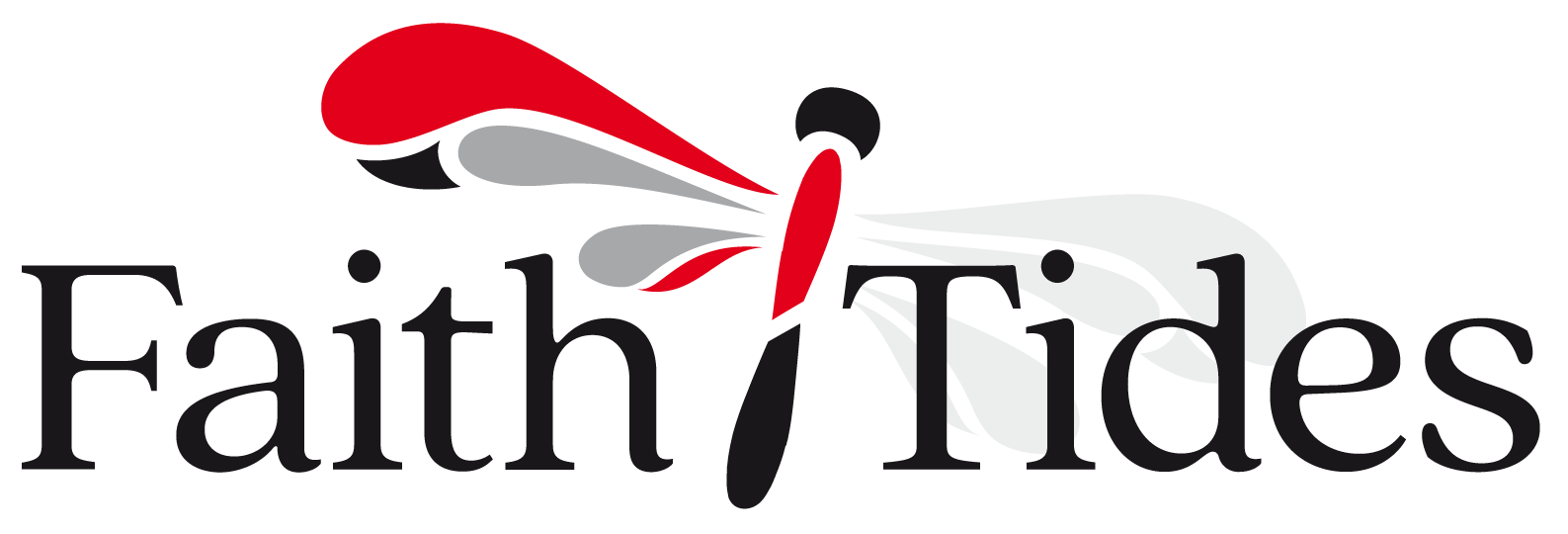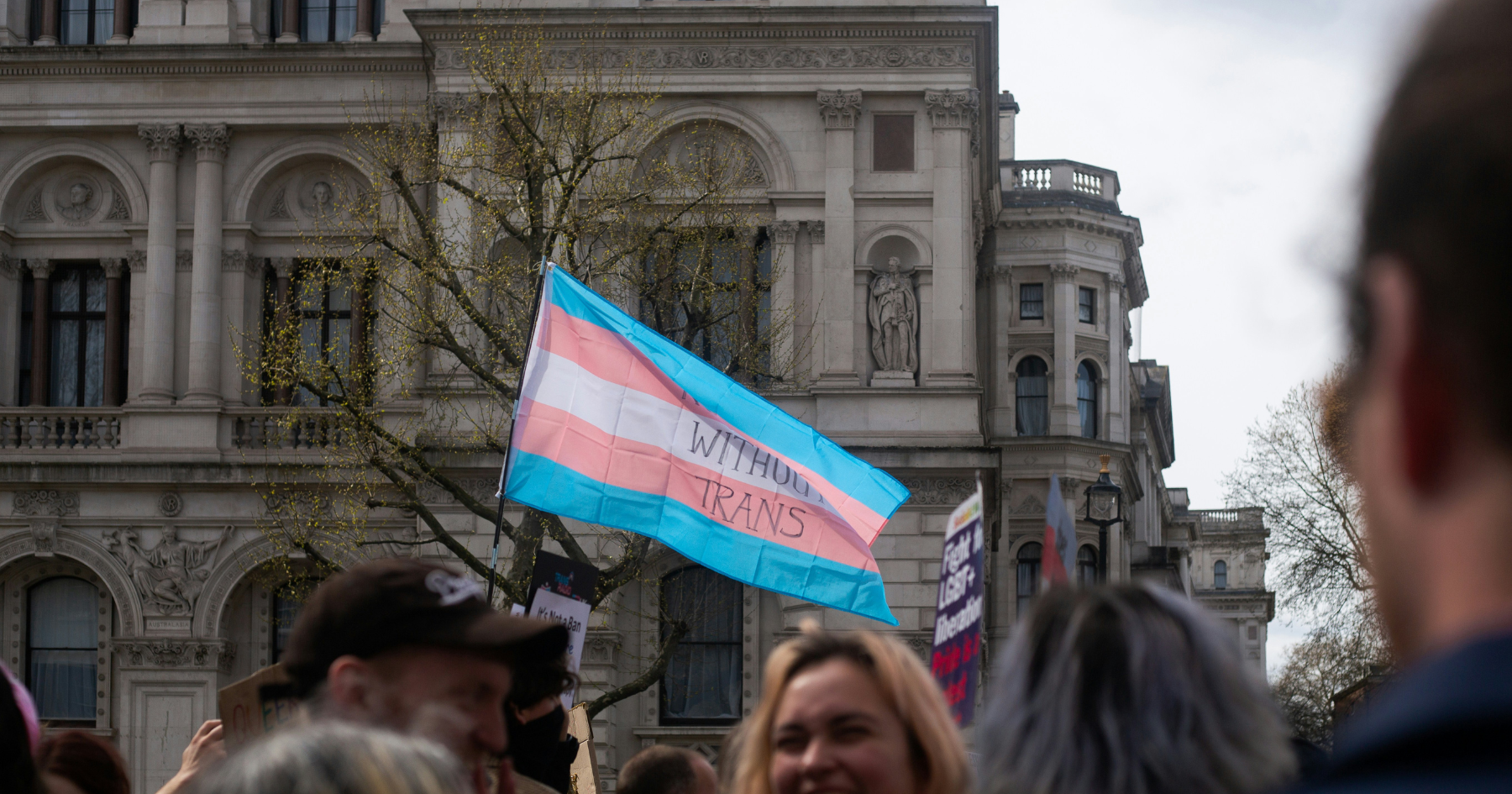March 31 marks International Transgender Day of Visibility (TDOV). The event was founded in 2009 by transgender activist Rachel Crandall Crocker, with the intention of providing a day to celebrate the transgender community.
While the day has received some criticism and Crocker herself has talked about the dangers of visibility, at a time when the word “transgender” is being removed from US government websites and laws are being enacted in Canada and other countries to block transgender youth from accessing health care, TDOV seems more important than ever.
While Transgender Day of Visibility is a chance to celebrate the transgender community, the day also demands visibility from allies. In January, Bishop Mariann Budde, bishop of the Episcopal Diocese of Washington, DC, delivered a sermon during a service at the National Cathedral attended by President Trump. In her sermon, Bishop Budde pleaded directly with the president.
“In the name of our God, I ask you to have mercy upon the people in our country who are scared now. There are gay, lesbian and transgender children in Democratic, Republican and independent families, some who fear for their lives.” Bishop Budde also called for mercy for undocumented immigrants. This is true allyship in action.
While Trump and his supporters have been vocal proponents of stripping transgender people of their basic rights, there are surely many more allies and potential allies out there than haters.
Given that approximately 0.3% of the population of Canada identifies as transgender or non-binary, transgender people make up a small percentage of the population. For many people, gender identity isn’t something they have ever had to grapple with, and they may not have knowingly met a transgender person. In this vacuum, people’s understanding of what it means to be transgender has been shaped by growing media attention. And not all of it positive. Hence why visibility is not necessarily a good thing.
A term that has appeared in recent years is “transtrender.” GLAAD defines it as the “misguided and false trope… that trans and/or non-binary people are not really trans but are merely following modern ‘trends’ of gender exploration for social or online capital.”
But as many transgender people have been stating in response to increasing transphobia and anti-trans legislation: “We have always existed, and we always will.”
There is now a growing corpus of books on transgender history. Two that I’ve found to be a useful introduction to the topic are Before We Were Trans: A History of Gender by Kit Heyam and Transgender History by Susan Stryker.
In Before We Were Trans Heyam advocates for a broader interpretation of what can be included in transgender history. Whereas the academic field of history has typically taken a “cisgender until proven otherwise” approach to historical figures who disrupted gender norms, Heyam argues that contemporary Western understanding of sex, gender and gender roles doesn’t always map on to the past or other cultures.
Using this lens, Heyam’s book has chapters on gender roles in West Africa, fashion in early modern Europe, cross-dressing and transgender women in First World War internment camps, intersex people in early colonial America, and gender and spirituality in North America and South Asia.
Transgender History, meanwhile, focuses on the US from the mid-twentieth century up until 2016. One interesting aspect of the book is the way Stryker connects transgender history and advancements in transgender civil rights to larger historic and social trends, such as second wave feminism, the fall of the Soviet Union and increased government surveillance post 9/11. Being transgender is nothing new, and transgender history has always been intimately woven into broader historic events.
The final chapter of the second edition, published in 2017, focuses on some of the gains in transgender rights during the Obama presidency and the loses in the early days of Trump’s first presidency. It is a poignant read given the current attacks on transgender rights in the first few days and months of Trump’s second term in office.
Seemingly speaking to the importance of visibility and celebrating trans lives, Stryker writes in her book:
“When trans and gender-nonconforming lives are lived joyously and unapologetically in plain sight and their hard truths and dangers are spoken out loud, when the knowledge that comes from living those lives is channeled into music and dance, written about and written from, played with and fantasized over, when their beauty and weirdness, their sharp edges and dark recesses are creatively explored and collectively experienced, that is equally as important as heavy political activism.”
This is by no means an exhaustive reading list and there are many more books and websites out there that allies can read to educate themselves. The University of Victoria, for example, is home to the largest transgender archive in the world.
While Budde literally wrote the book on bravery, anyone can begin today to find small ways to inform themselves about transgender lives and history. Whether that’s reading a book or reminding oneself of the lessons in mercy and loving kindness that Jesus taught.




